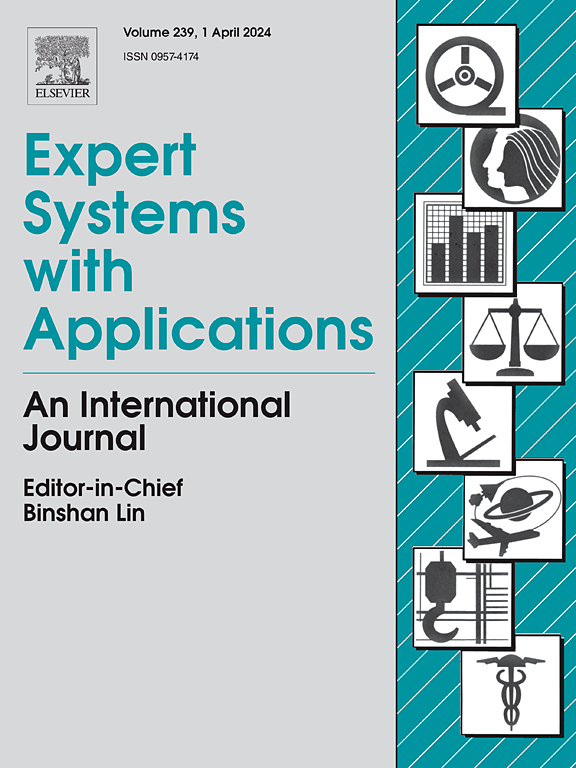利用权重梯度联合准则修剪远程光容积脉搏波网络
IF 7.5
1区 计算机科学
Q1 COMPUTER SCIENCE, ARTIFICIAL INTELLIGENCE
引用次数: 0
摘要
随着远程光容积脉搏波(rPPG)技术的快速发展,迫切需要在边缘设备上部署rPPG算法,以实现高效、准确的推断。然而,由于计算资源有限,许多rPPG神经网络在应用于这些设备之前需要进行裁剪。大多数现有的网络修剪算法依赖于一个单一的指标来衡量一个连接的重要性,经常导致在训练的早期阶段过早地删除关键的连接。在本文中,我们提出了一种新的修剪方案,该方案将连接的权值和梯度作为重要度量,同时还考虑了训练过程中连接的动态性。具体来说,具有大权重和小梯度的连接被认为是稳定和重要的,应该保留。第二,重量小、坡度大的连接,虽然对发展有潜在的重要意义,但可能会被移除,但应该允许重新出现。此外,还考虑了稳定且必要的小权重和小梯度连接。为这三种类型的连接设计了一个重要性指示器,并分别用于下放、再生和修剪步骤。利用PURE数据集在两个现有网络(DeeprPPG和PhysNet)上评估了所提出的修剪方案。结果表明,与现有的修剪方法相比,我们的方法具有更小的网络稀疏性、更少的参数和更少的浮点操作(flop),以达到给定的精度水平。本研究验证了对小型网络进行细粒度修剪的可行性,并强调了在训练过程中考虑连接动态的有效性。本文章由计算机程序翻译,如有差异,请以英文原文为准。
Pruning remote photoplethysmography networks using weight-gradient joint criterion
With the rapid advancement of remote photoplethysmography (rPPG), there is an urgent need to deploy rPPG algorithms on edge devices for efficient and accurate inference. However, due to limited computational resources, many rPPG neural networks require tailoring before they can be applied to these devices. Most existing network pruning algorithms rely on a single indicator to measure the importance of a connection, often resulting in the premature removal of crucial connections during the early stages of training. In this paper, we propose a novel pruning scheme that jointly considers the weight and gradient of a connection as the importance metric, while also taking into account the dynamics of the connection during the training process. Specifically, connections with large weights and small gradients are identified as stable and important, and should be retained. Secondly, connections with small weights and large gradients, although potentially significant for development, are likely to be removed but should be allowed to regenerate. Additionally, connections with small weights and small gradients, which are stable and necessary, are also considered. An importance indicator is designed for each of these three types of connections and is utilized in the drop, regenerate, and trim steps, respectively. The proposed pruning scheme is evaluated on two existing networks (DeeprPPG and PhysNet) using the PURE dataset. The results demonstrate that our approach possesses smaller network sparsity, fewer parameters, and fewer floating-point operations (FLOPs) to achieve a given level of accuracy compared to existing pruning methods. This study validates the feasibility of fine-grained pruning for small networks and highlights the effectiveness of considering the dynamics of connections during the training process.
求助全文
通过发布文献求助,成功后即可免费获取论文全文。
去求助
来源期刊

Expert Systems with Applications
工程技术-工程:电子与电气
CiteScore
13.80
自引率
10.60%
发文量
2045
审稿时长
8.7 months
期刊介绍:
Expert Systems With Applications is an international journal dedicated to the exchange of information on expert and intelligent systems used globally in industry, government, and universities. The journal emphasizes original papers covering the design, development, testing, implementation, and management of these systems, offering practical guidelines. It spans various sectors such as finance, engineering, marketing, law, project management, information management, medicine, and more. The journal also welcomes papers on multi-agent systems, knowledge management, neural networks, knowledge discovery, data mining, and other related areas, excluding applications to military/defense systems.
 求助内容:
求助内容: 应助结果提醒方式:
应助结果提醒方式:


